
Think It Might Be Domestic Violence? Here Are Two MustSee Infographics
Return fraud, or return abuse, is considered friendly fraud. This means the fraudster genuinely purchases the product or service, albeit with an ulterior motive. The most common scheme is to buy an item of clothing, use it, and then return it, a process known as wardrobing. While return fraud affects both online and brick-and-mortar stores, it.

Abusing Return Policy Forter Return Abuse Protection
Return fraud can be considered the most extreme form of return activity that goes as far as violating the law, depending on your location and local regulations, unlike return abuse that still abides by the law. Price manipulation or price switching is one of the most common types of return fraud. It refers to the practice of replacing one item.

Abuse Does Not Always Look Like Abuse Domestic Violence PSA YouTube
The amount of fraudulent returns in the U.S. in 2020. Fraudulent returns like these cost U.S. retailers $25.3 billion a year, according to a January 2021 report by the National Retail Federation and Appriss Retail. That doesn't include the cost of staffing return desks or the reputational risk of reselling used items or even "bricked.
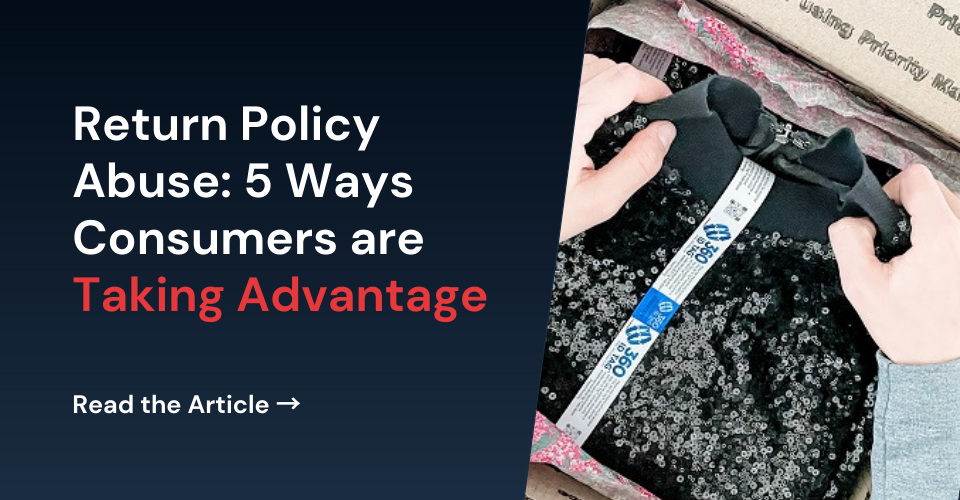
Return Abuse 5 Ways Consumers Take Advantage NoFraud
Return fraud is a type of payment fraud that abuses a merchant's return policy. It involves returning an item to a retailer that does not qualify for a return or refund, such as: Stolen merchandise. Items that have already been used. Items purchased from a different retailer.

Understanding the Different Types of Child Abuse & Their Effects
Return abuse is the act of returning items to a retailer, whether online or in-person when the items aren't eligible for a return. The fraudster is essentially stealing from the retailer by getting a refund on merchandise that either wasn't theirs or is being passed off as an eligible item for return. Return abuse can be the result of a.
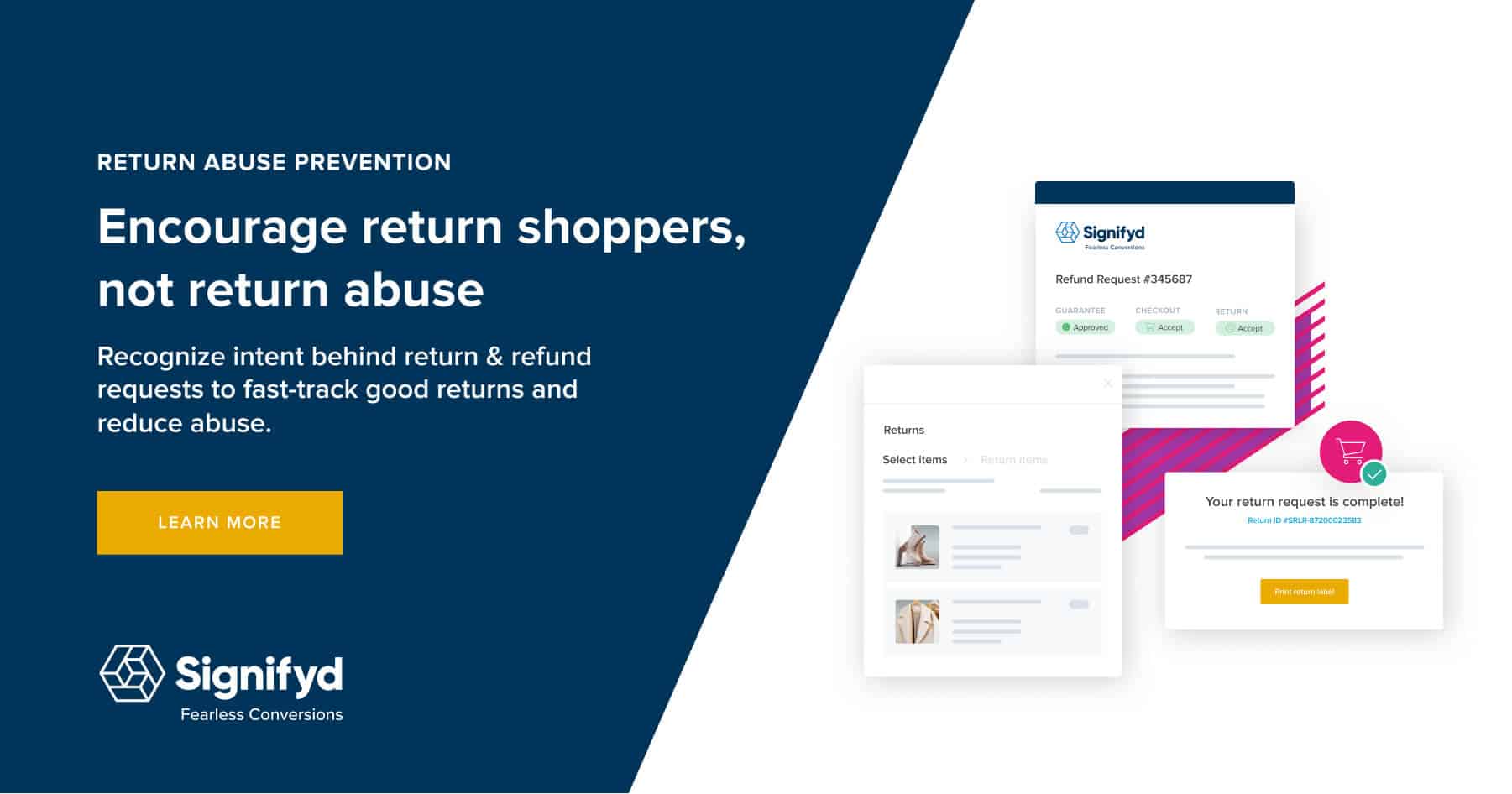
Return Abuse Prevention Return buyers, not abuse Signifyd
Retail return fraud is on the rise, and companies are watching closely as many consumers have until the end of January to send back unwanted holiday gifts. Retailers expect 16.5%, or $24.5 billion.
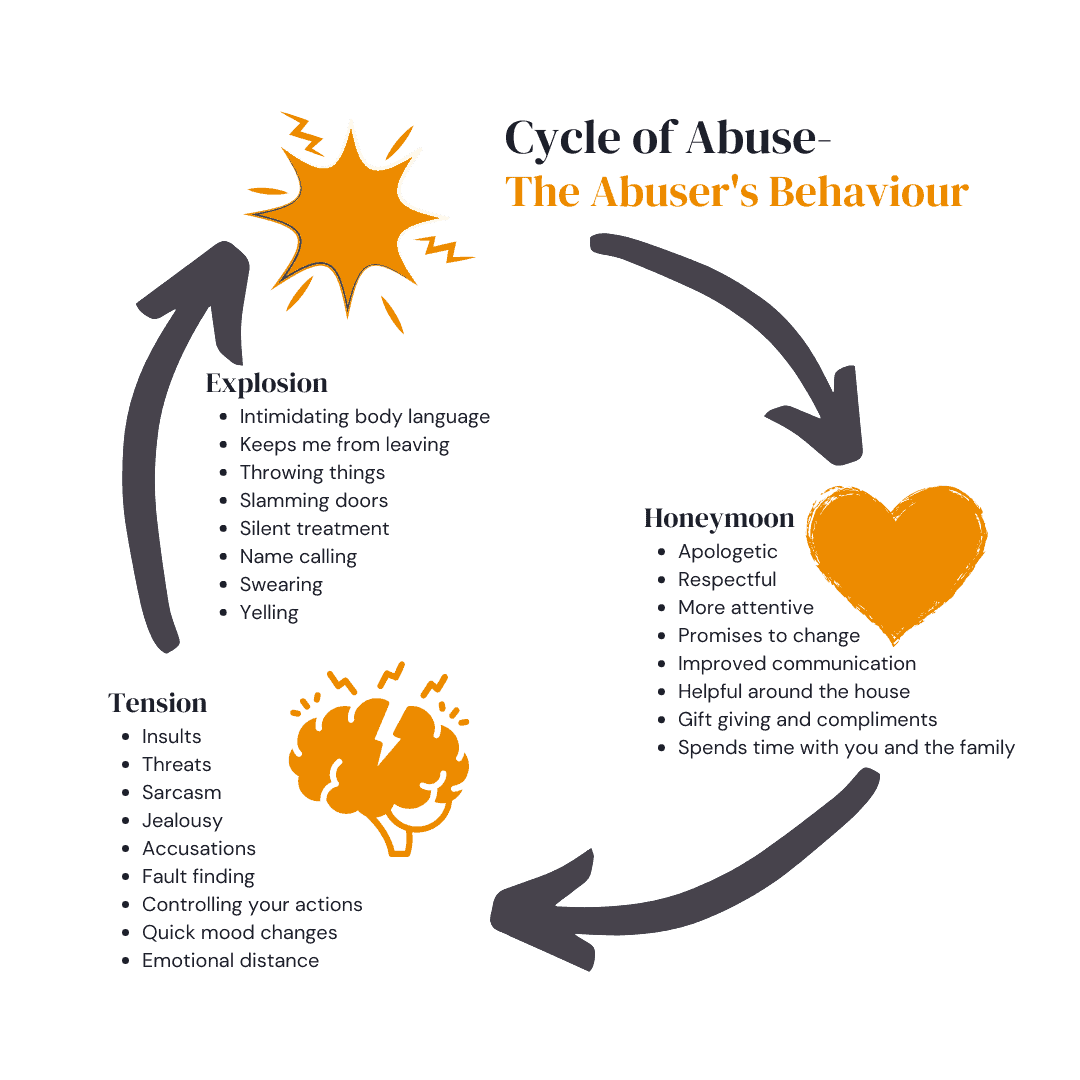
Cycle of Abuse A Safe Place
Of course, most companies have determined that it makes good business sense to have a flexible return policy. What about customers who abuse return policies? Most customers do not abuse retail return policies, but there is a small percentage of customers who are "serial returners." These consumers love to buy and return products.

Solving Return Abuse The 25 Billion Problem Elite EXTRA
Return fraud refers to any scam method that abuses a business' return process. Some merchant return policies may require a receipt, while others may ask for the product in its original packaging. If a customer returns an item and gets a refund without being entitled to it, that's return fraud. There are varying degrees of return fraud.

The Impact of Returns Abuse on Retailers How to Combat the Problem
In fact, retailers lost around $11.6 billion in 2020 due to return fraud and abuse. A return costs on average 30% of the purchase price. Let's say that it costs $4.5 to process the return of a $15 product. Assuming you have 1,000 returns each month, you approve 85% of them, which equals a total of 850 returns, amounting to $3,825 (850 x 4.5).

Guide to Approach Return Abuse Effectively Helplama Helpdesk
Billions of that will likely be due to returns abuse. This is an escalating problem that's become a CEO-level issue. And it doesn't stop with returns.

Is Return Abuse A Crime Fight Abused
Return fraud happens when consumers bring an item (or items) back to you to request a refund in the form of store credit or cash. However, the return request is invalid, as the customer does not have a legitimate right to a refund for one reason or another. There are several reasons why many merchants turn a blind eye to suspected return fraud.

How to Prevent and Cope with Returns Abuse by Abigail Dunn, ReturnGO
Return fraud is the act of defrauding a retail store by means of the return process.There are various ways in which this crime is committed. For example, the offender may return stolen merchandise to secure cash, steal receipts or receipt tape to enable a falsified return, or use somebody else's receipt to try to return an item picked up from a store shelf.
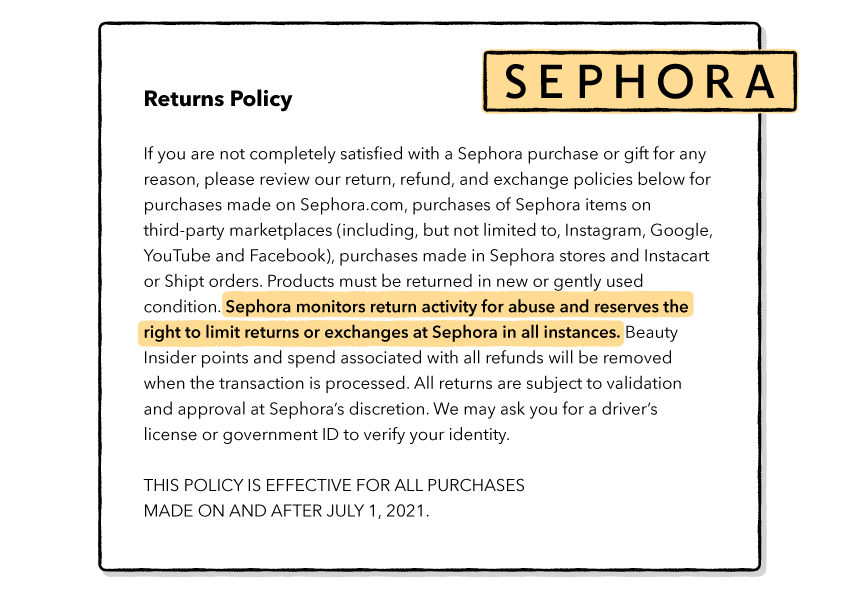
What Is Return Abuse And How Can You Handle It?
5.Keep An Eye On The Holidays. Fraud.net reports the return request numbers jump after a customer shopping list spikes. They say 25% of returns happen between Thanksgiving and New Year's Day. Genuine customers need to be considered here to strengthen your customer experience.

WodBottom Why survivors of abuse return to their abusers Milled
Return fraud - also called refund fraud or refund theft - is the act of abusing a return or refund process for monetary gain. There are many types of return fraud, but most commonly, it consists of obtaining an item from a store (through purchase or theft), and then defrauding the store by returning it for a refund.

Under 50 of adults confident about helping a domestic abuse victim
Return fraud is a crime by which someone (or a group of people) makes money from a fake return. Perhaps the item doesn't qualify for a return, or the item was never purchased (i.e. stolen) in the first place. However the crime is carried out, the result is that the perpetrators steal money from the item's seller.
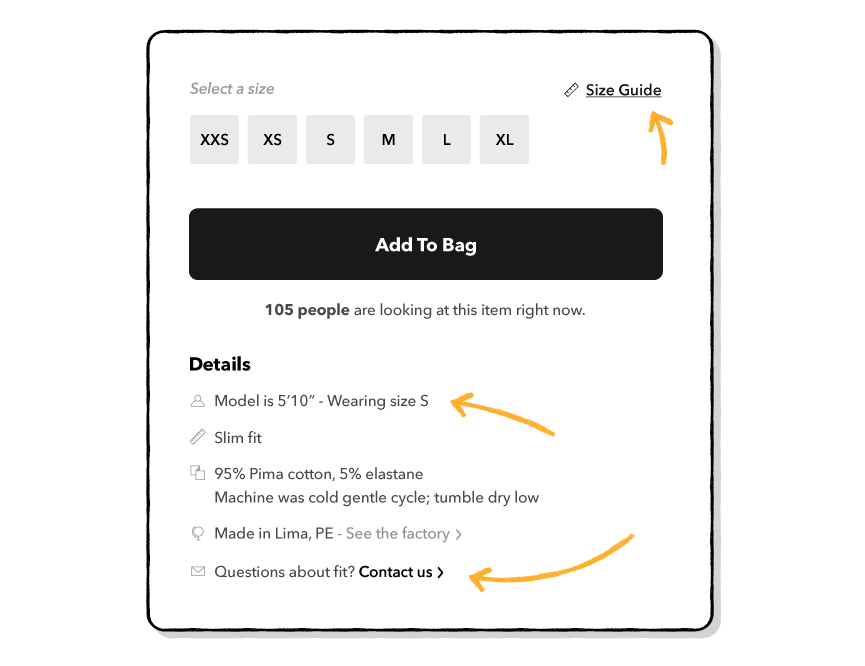
What Is Return Abuse And How Can You Handle It?
Refund abuse ( aka. returns abuse) occurs when a customer uses the returns policy of a merchant so much that it becomes unprofitable. Customers may also abuse refunds by faking returns/receipts, or reselling merchandise. Mainly carried out by genuine customers pushing their luck, refund abuse is not strictly considered to be fraud, and.